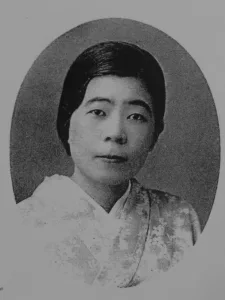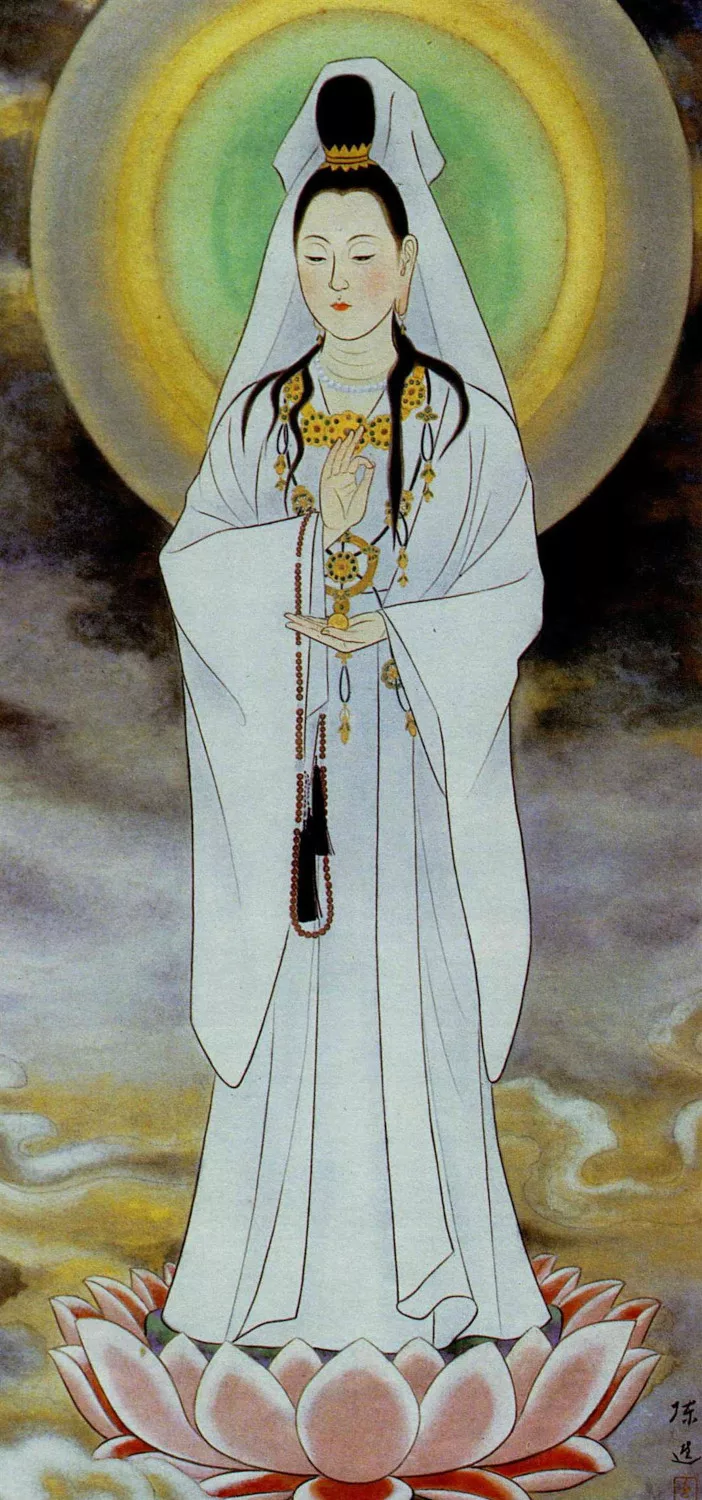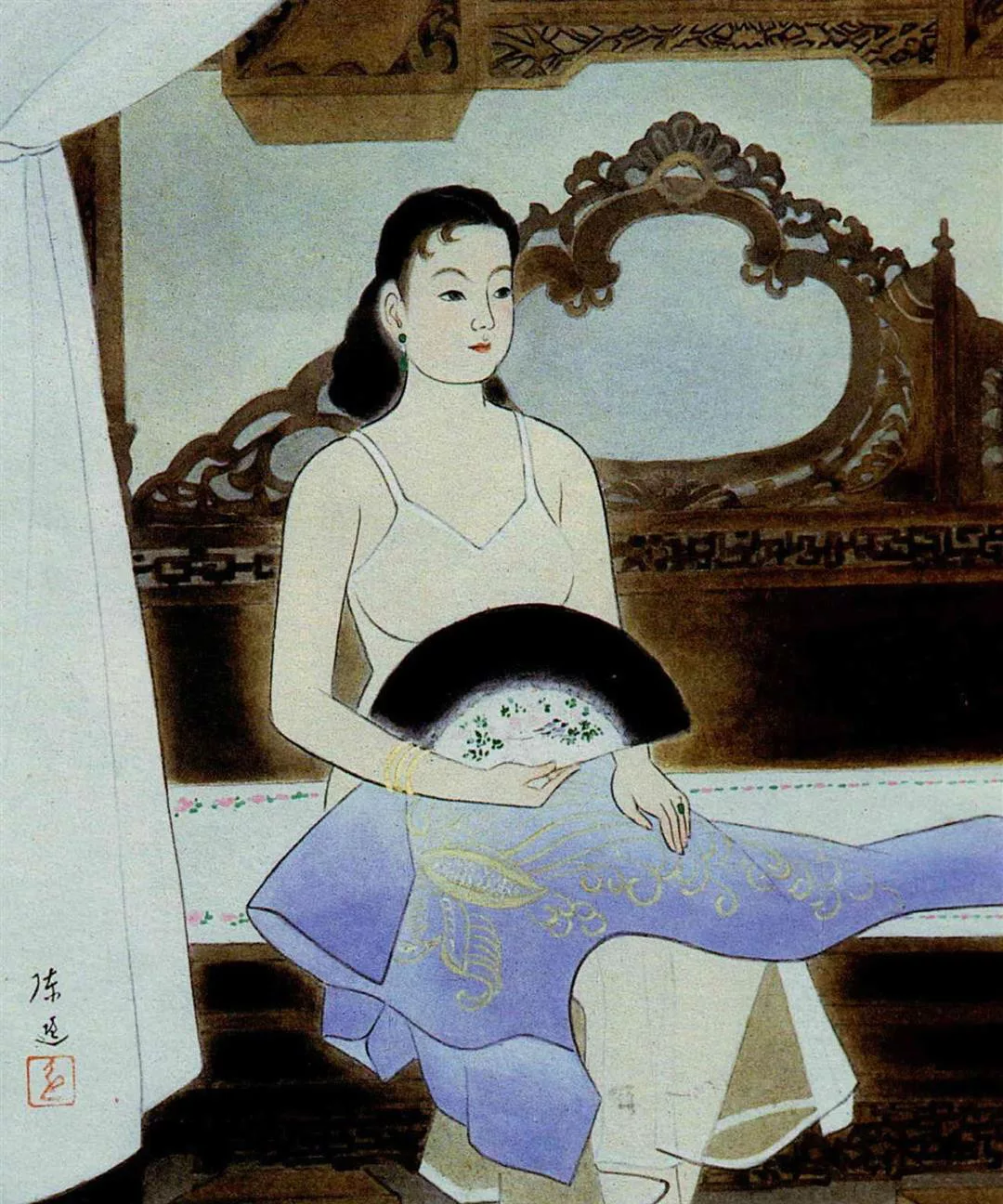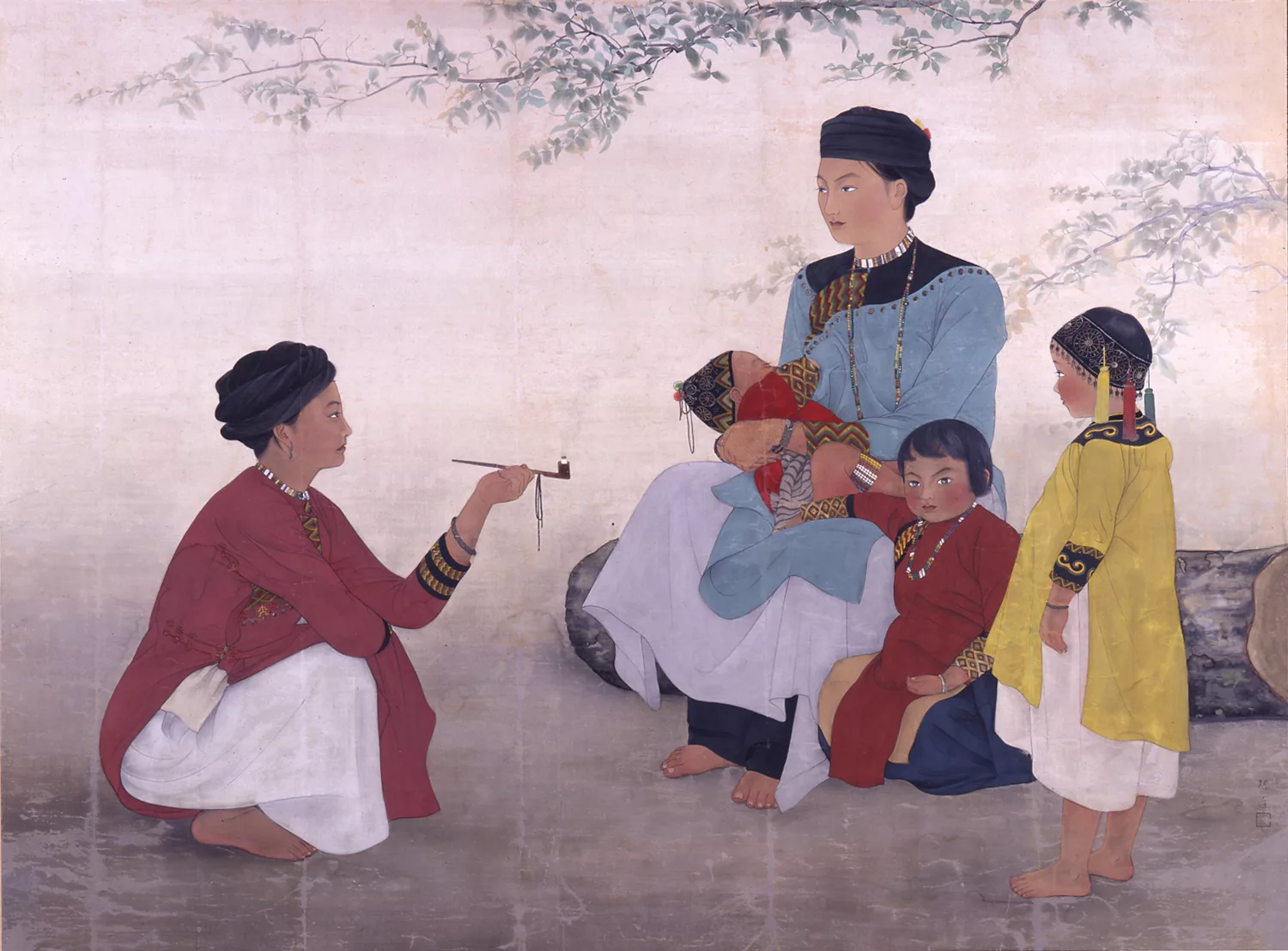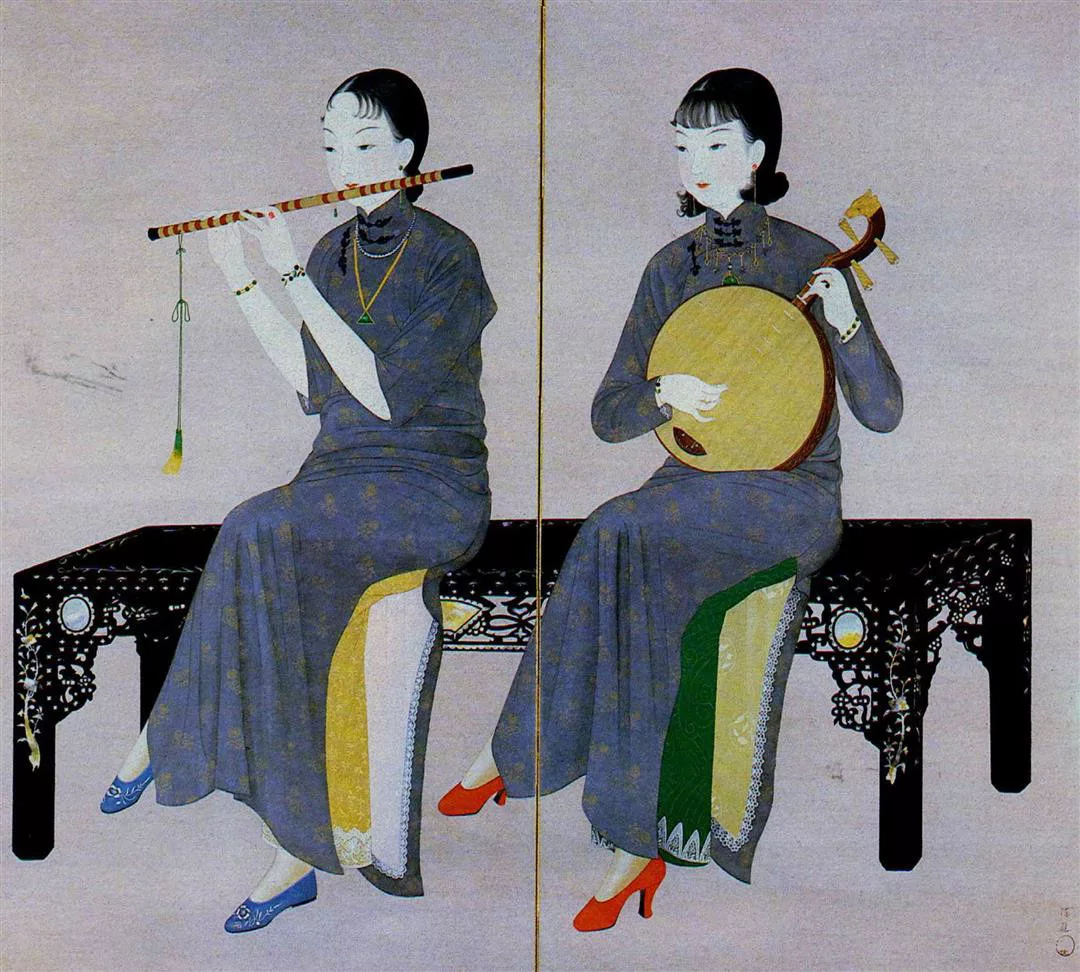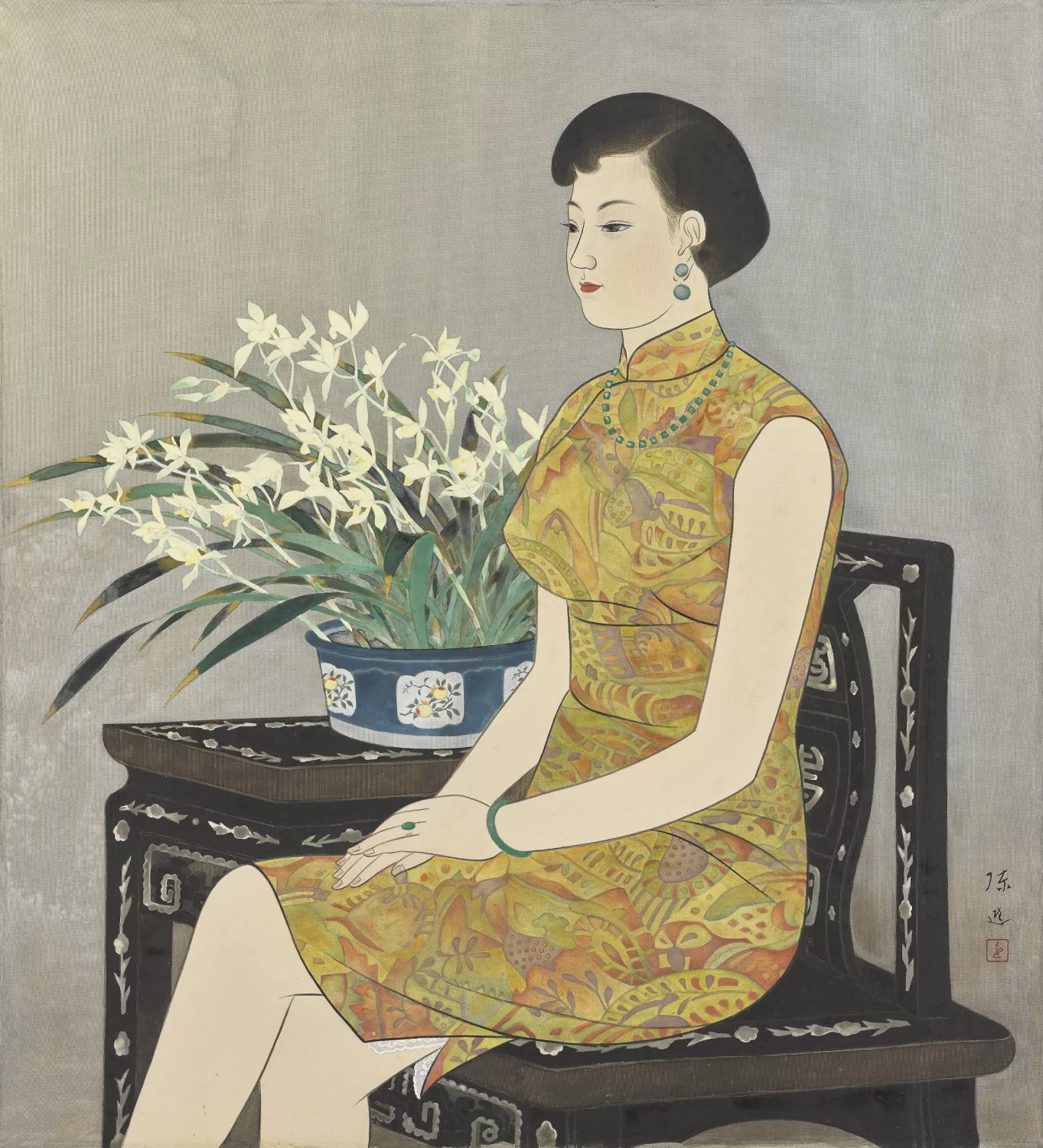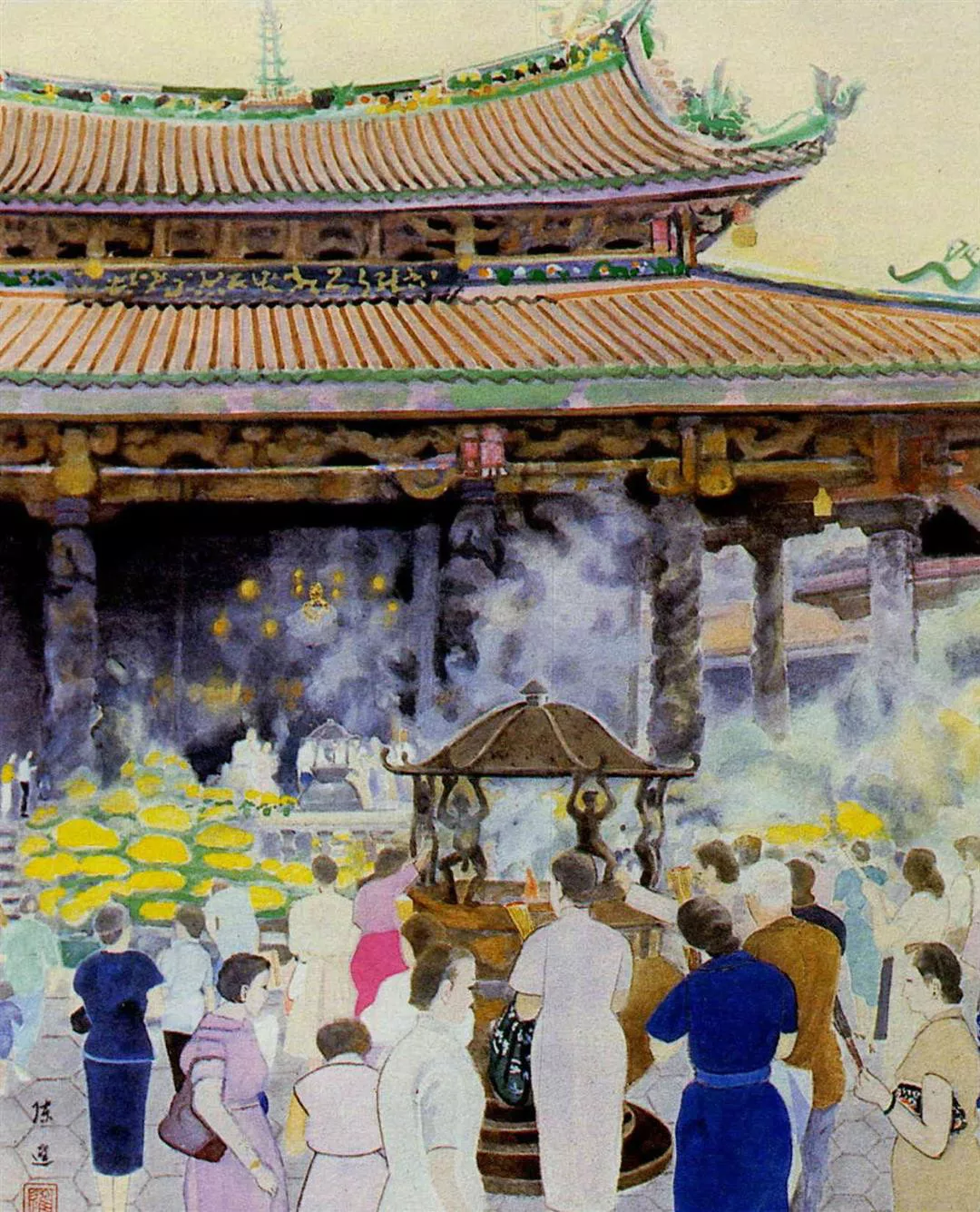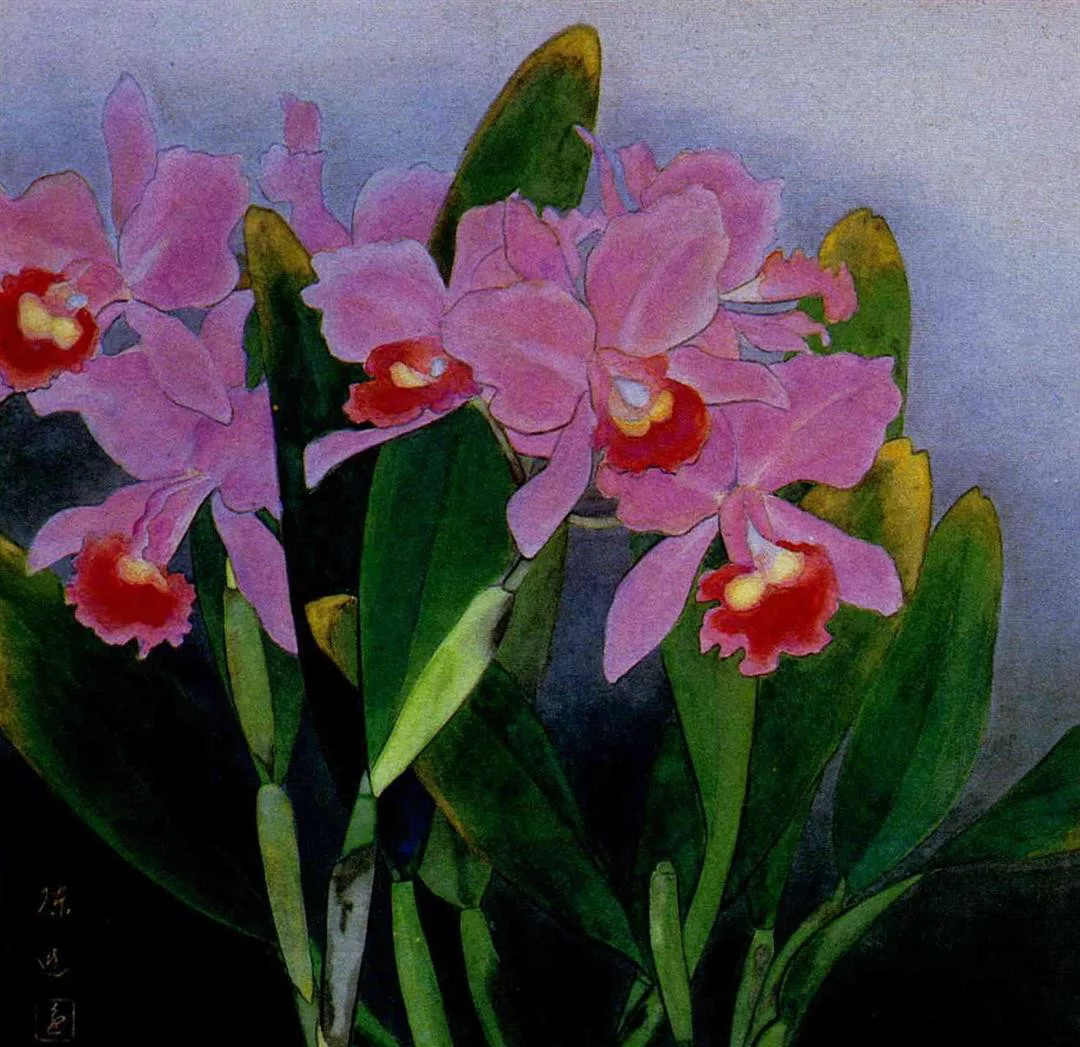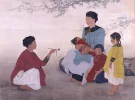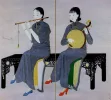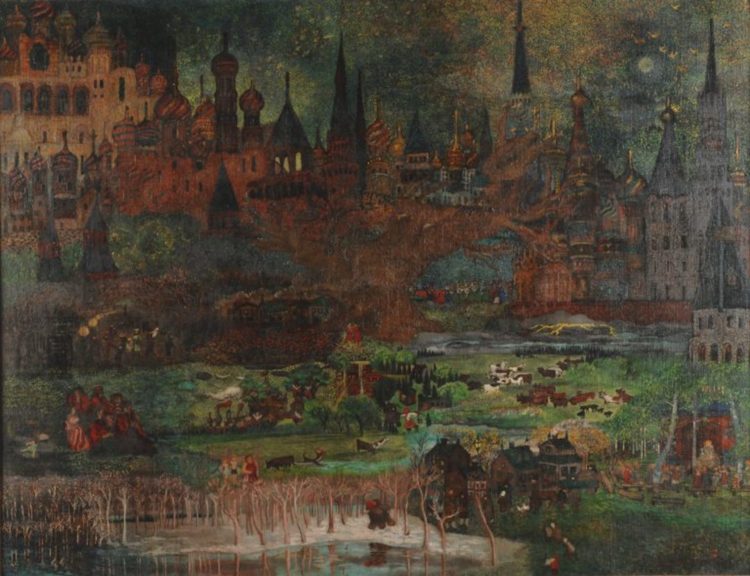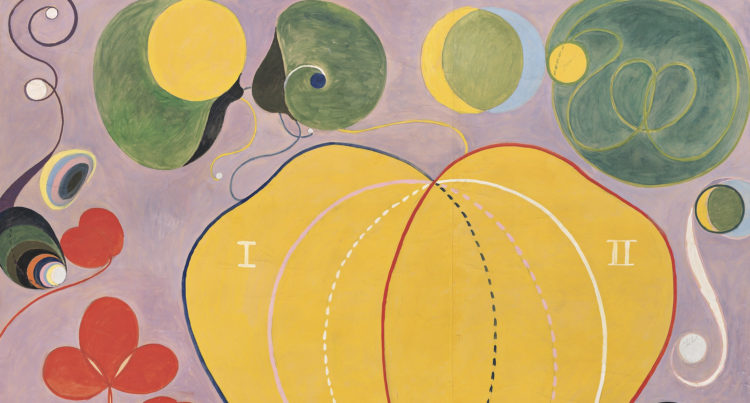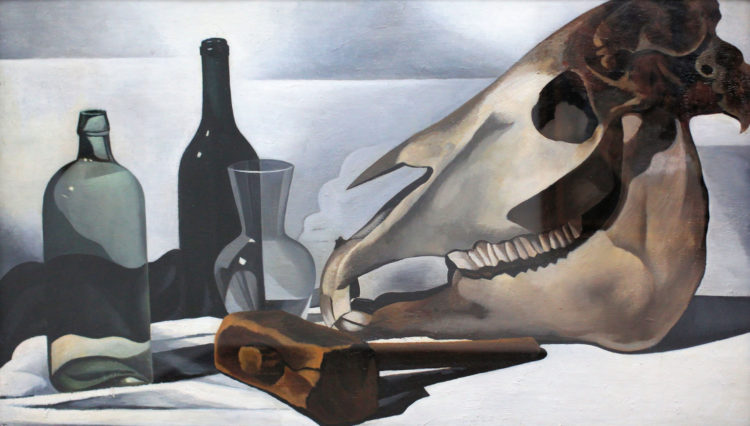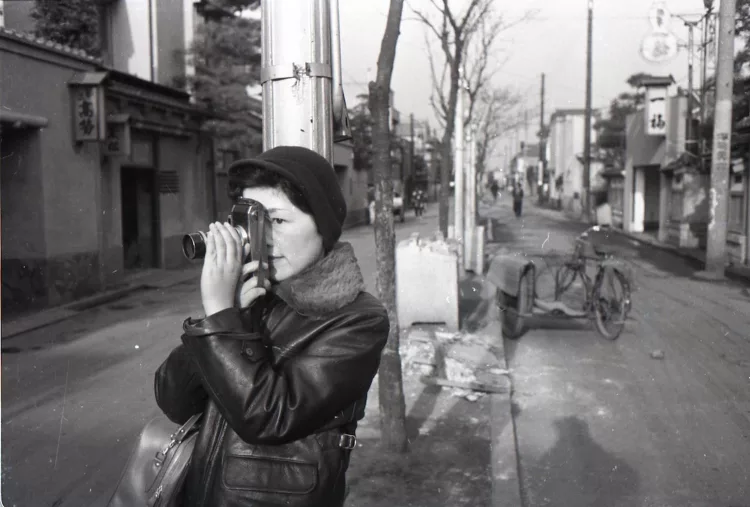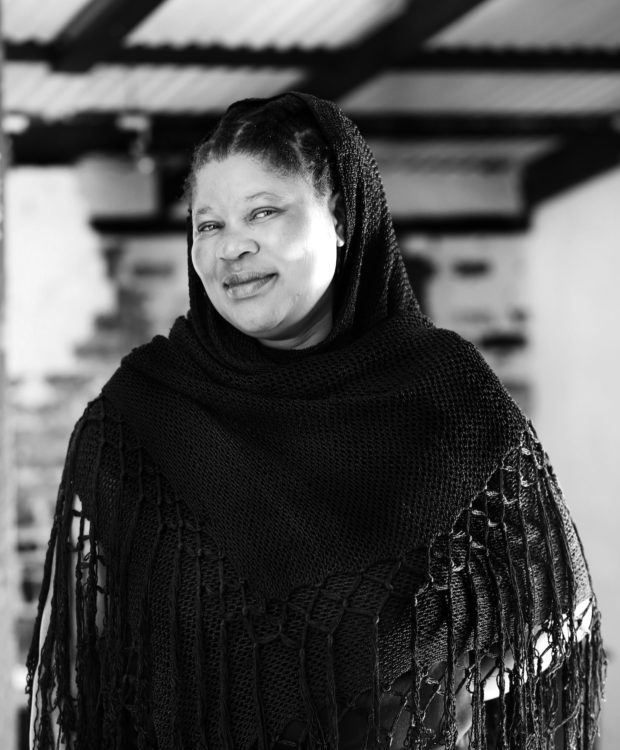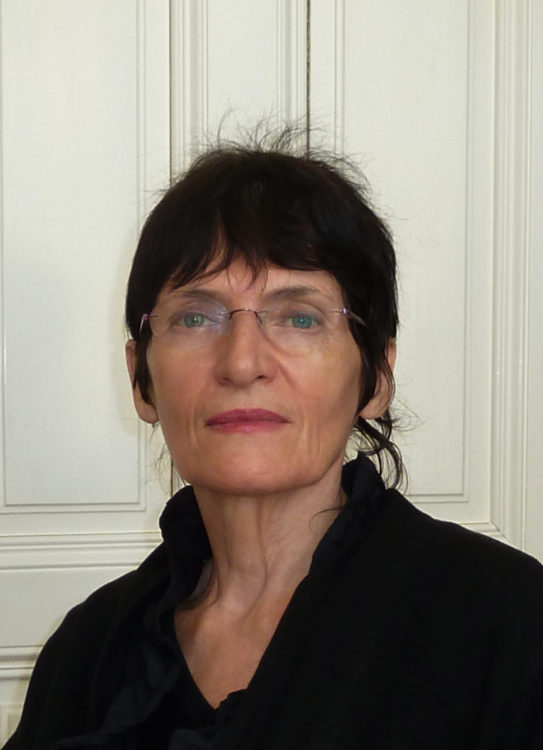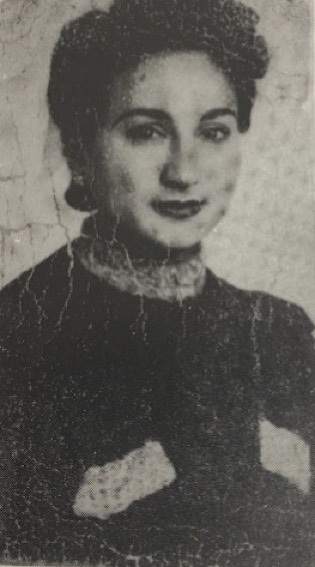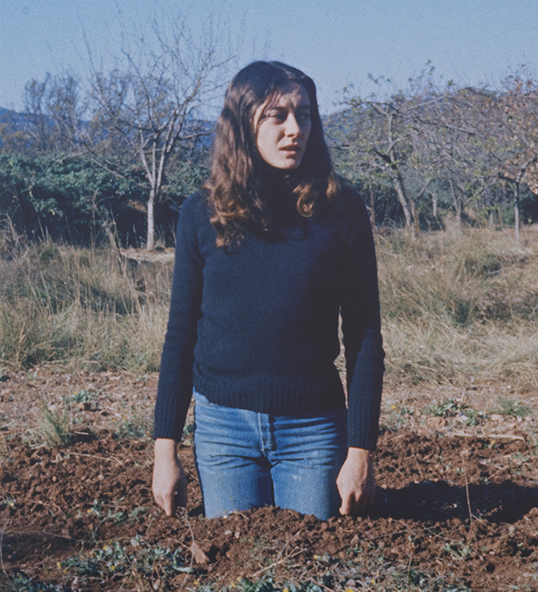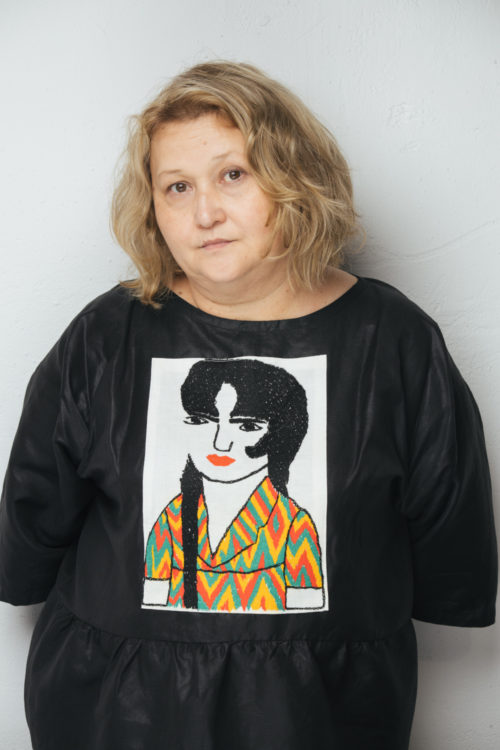Chen Chin
Hsieh, Shih-ying, “Ch’en Chin”, Biographical Dictionary of Chinese Women: Twentieth Century, vol. 2, London, Routledge, 2015, p. 53–55
→
Sullivan, Michael, Modern Chinese Artists: A Biographical Dictionary, Berkley, University of California Press, 2006, p. 14
Centennial Celebration of Chen Chin, Taipei Fine Arts Museum, Taipei, 18 February–19 March, 2006
→The Beauty of Chen Chin’s Ladies, National Museum of History, Taipei, 27 July–24 August, 2003
→Centennial Celebration of Chen Chin, Fukuoka Asian Art Museum, Fukuoka, April–September 2006
Taiwanese painter.
Chen Chin was the first Taiwanese woman artist to gain both national and international recognition. Her paintings – spanning portraiture, daily life scenes, and landscapes– are important examples of twentieth-century Taiwanese art. Born twelve years into Japan’s colonial rule of the island, Chen witnessed great societal changes, which are reflected in her work. Her art articulates concepts of femininity while also advancing the traditional glue-on-silk (jiaocai) painting technique. When she was a student at the Taipei Municipal Zhongshan Girls High School (1922–1925), Chen was encouraged by her teacher, Japanese painter Gobara Koto (1887–1965), to pursue her training in Japan. In 1925 she became the first Taiwanese female artist to study in Japan, when she was accepted by the Private Women’s Academy of Fine Arts in Tokyo. During her time in Japan, her work was catapulted into popularity with the inclusion of her works in the government sponsored Taiwan Arts Exhibition in Taipei, or Taiten (1927). This inaugural government funded show mostly displayed artworks by Japanese settlers in Taiwan, but Chen, Lin Yushan (1907–2004) and Guo Xuehu (1908–2012), received significant media attention as breakout Taiwanese painters. Hereafter, Chen began a successful career in painting with numerous group exhibitions, both in Japan and Taiwan. In 1934, she returned to Taiwan and became the first female high school teacher at the National Pingtung Girls’ Senior High School until 1938.
Even though Chen studied in Japan and was significantly influenced by the traditions of nihon-ga (Japanese-style painting) and bijin-ga (paintings of beautiful women), her works navigate and negotiate the identity of Taiwanese women by representing them as travellers, entertainers, workers, mothers, beauties and educators. Her gouache on silk Ensemble (1934) was accepted to the Japanese Imperial Fine Art Exhibition or Teiten in 1934; it depicts two women sitting on a mother-of-pearl inlaid bench playing instruments. They are wearing qipao – a popular upper-class style dress in Taiwan in the 1930s. Her work from this time was influenced by Japanese painting but differed from it in its depiction of distinctly modern Taiwanese women rather than the conventional kimono clad figures in bijin-ga. Because of her role as an artist, a mother and wife, and the experience of travelling between the United States and Taiwan later in life, her subject matter expanded to include portraits of mother and children, as shown in Mother’s Love (1984), and landscapes, such as What I Saw in Louisiana (1981). Her increased devotion to Buddhism also inspired religious works such as The Buddha’s Work (1965–1967).
The Taipei Fine Arts Museum organised a retrospective of her work in 1986, and a centennial exhibition in 2006, that travelled to three museums in Japan, making it the first touring major solo exhibition of a Taiwanese woman artist in Japan. Her works have been collected by the National Taiwan Museum of Fine Arts, the Taipei Museum of Fine Arts, and the Kaohsiung Museum of Fine Arts.
A notice produced as part of the TEAM international academic network: Teaching, E-learning, Agency and Mentoring



